.jpg)
For us, we are seeing the benefit of autumn bulb planting and the tulips are still flowering, adding that extra sparkle to the garden. As well as admiring the borders, there are many gardening tasks to carry out during May.
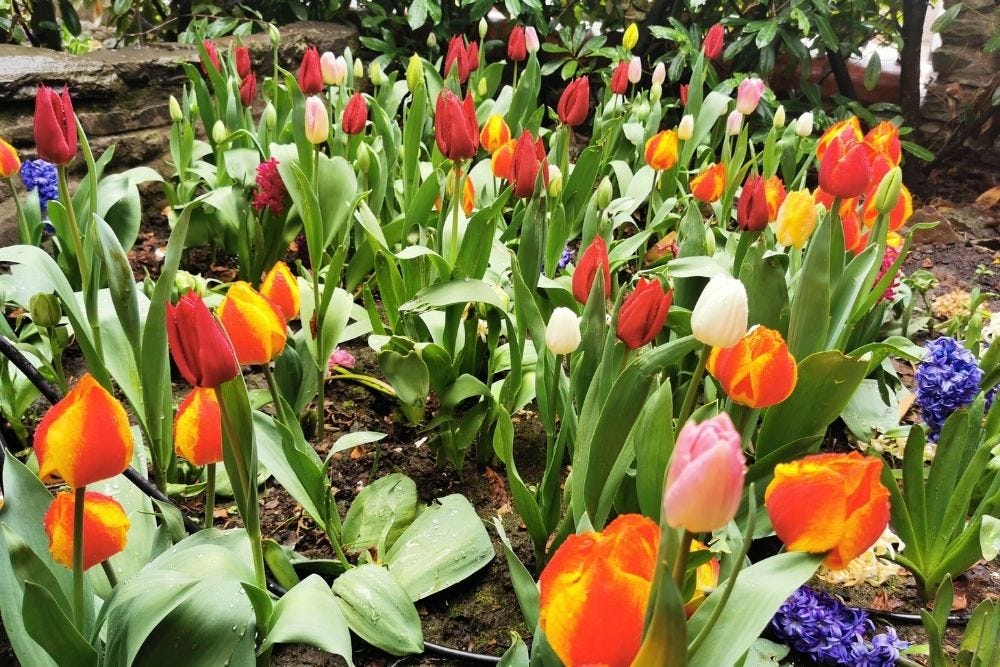
The start of May has seen some much-needed rainfall, right across the UK. Even if the days are warm, it can still be cold at night, so resist the temptation to sow or plant too early. If you do, make sure that you protect outdoor sowings with fleece. As the nights get longer and the temperature starts to increase, you can now start to sow the last of the summer crops.
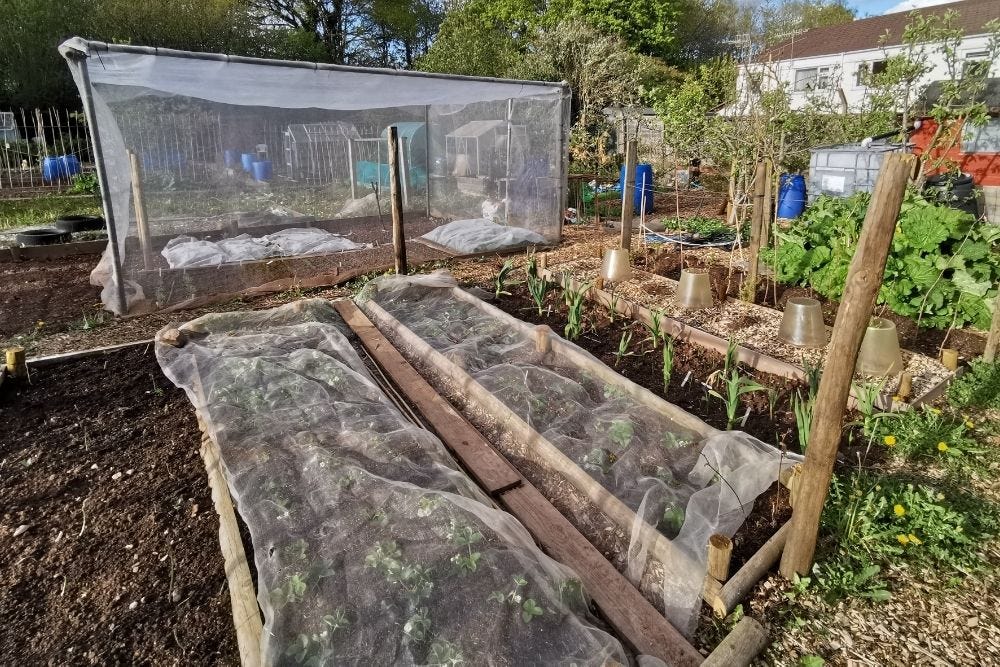
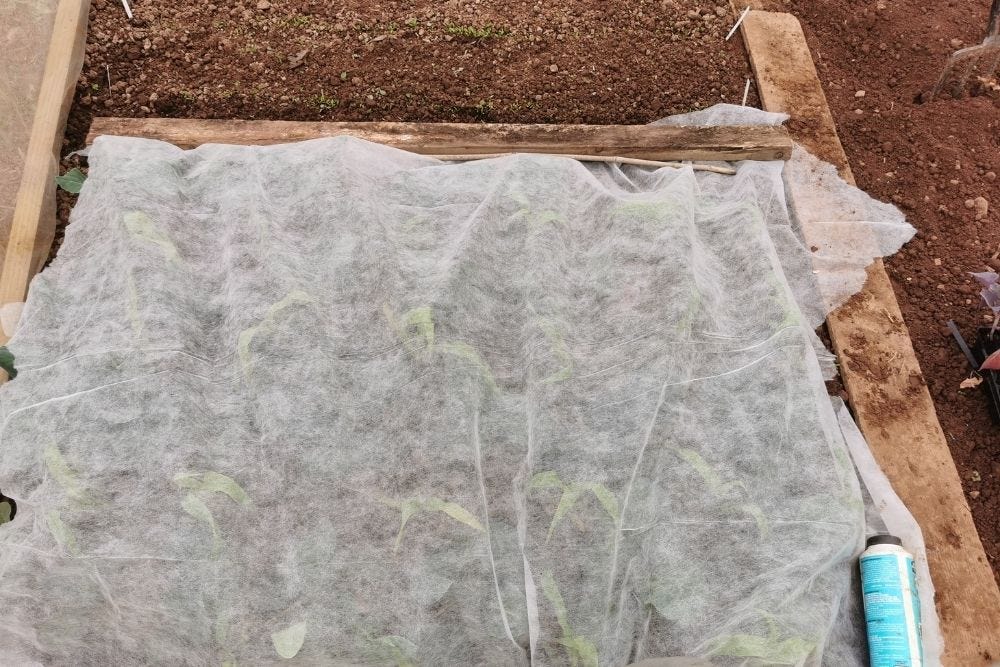
First Harvest
There’s been a few crops that we have sown earlier this year. The cut and come again lettuce is providing plenty of tasty salad treats, the early shallots planted into a small pot, will provide some fresh salad onions. Our Asparagus is starting to produce spears and these will be harvested. That’s assuming they make it to the Kitchen. Rhubarb is plentiful during the month of May and we will be turning some of ours into Jam and also some Rhubarb Gin.
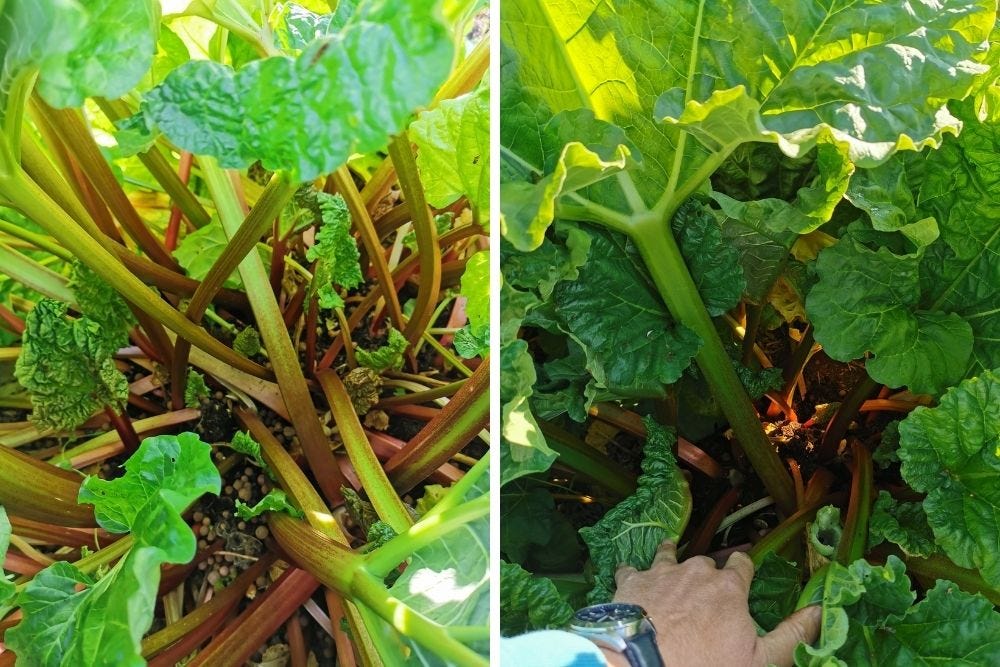

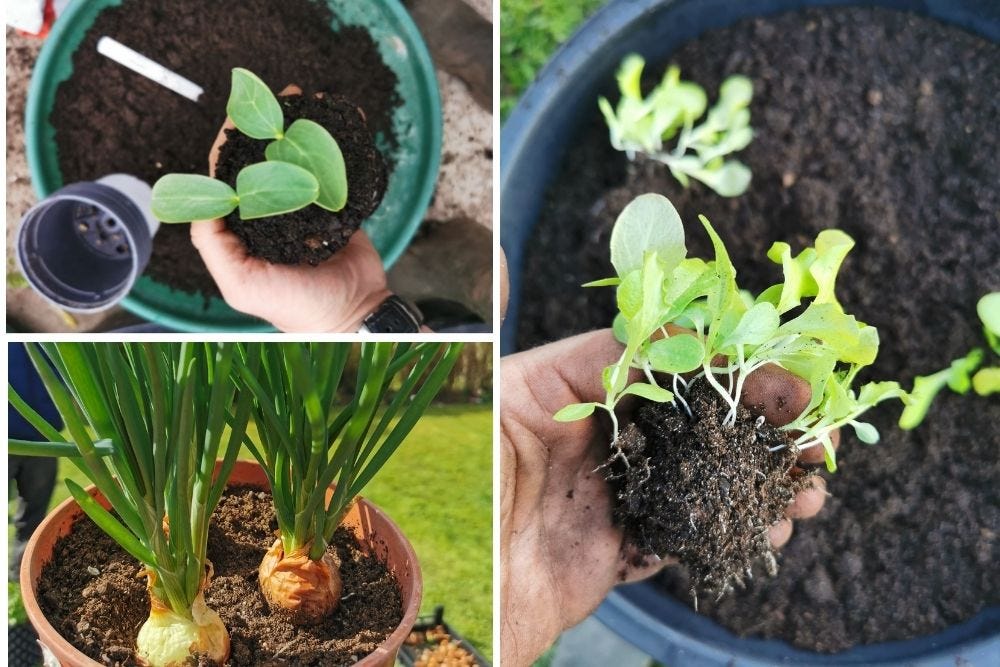
We started off a few lettuce plants in a PlantIT Herb garden earlier on in the season. This is a pretty easy-to-use system that allows you to grow on your kitchen window sil and also involve the kids too. Here’s a picture of the system. It makes a great addition to those healthy snacks too.
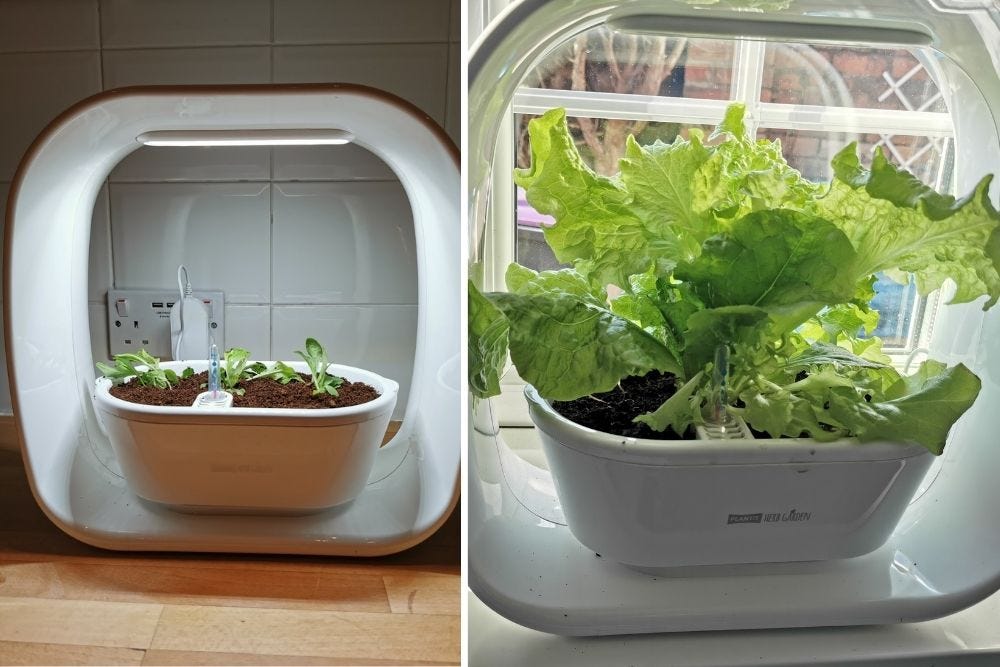
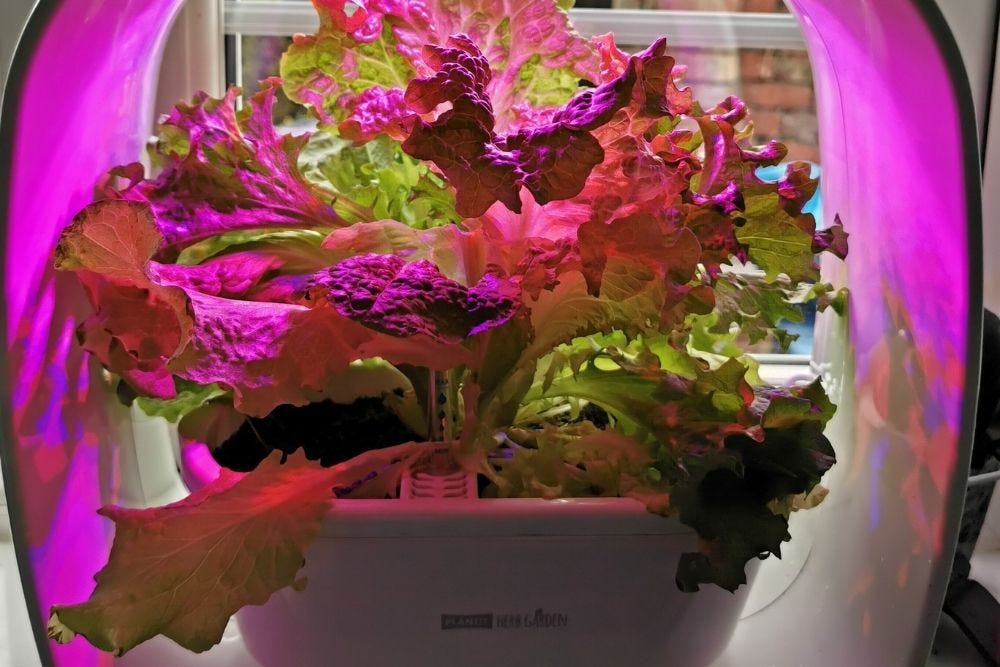
Potato progress
In the April article, we talked about planting potatoes. As the foliage now starts to emerge from the soil, they’ll need to be earthed up. To do this, simply rake up the soil on either side of the plants to create a small ridge. The key benefit in doing this is that it helps to prevent the potatoes from turning green and protects the young foliage from damage caused by frost.
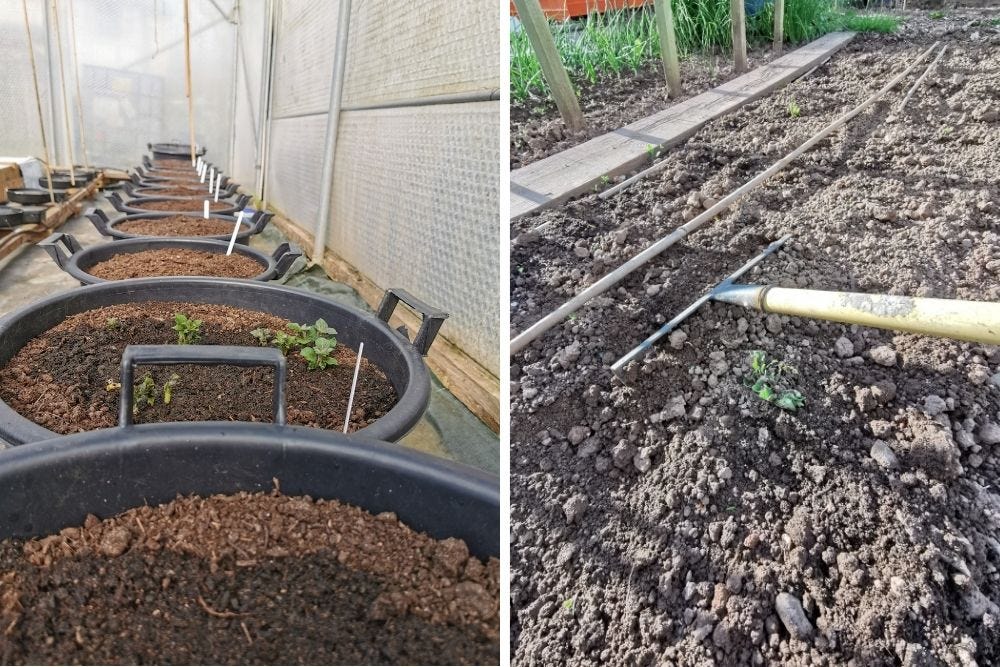
Starting seeds
If you’re thinking of starting to grow your own, here’s a few ideas for starting seeds this month. During May, you can start to sow dwarf beans, runner beans, carrots, cucumber and pumpkins. We’ll also be starting off our Giant Marrow seeds.
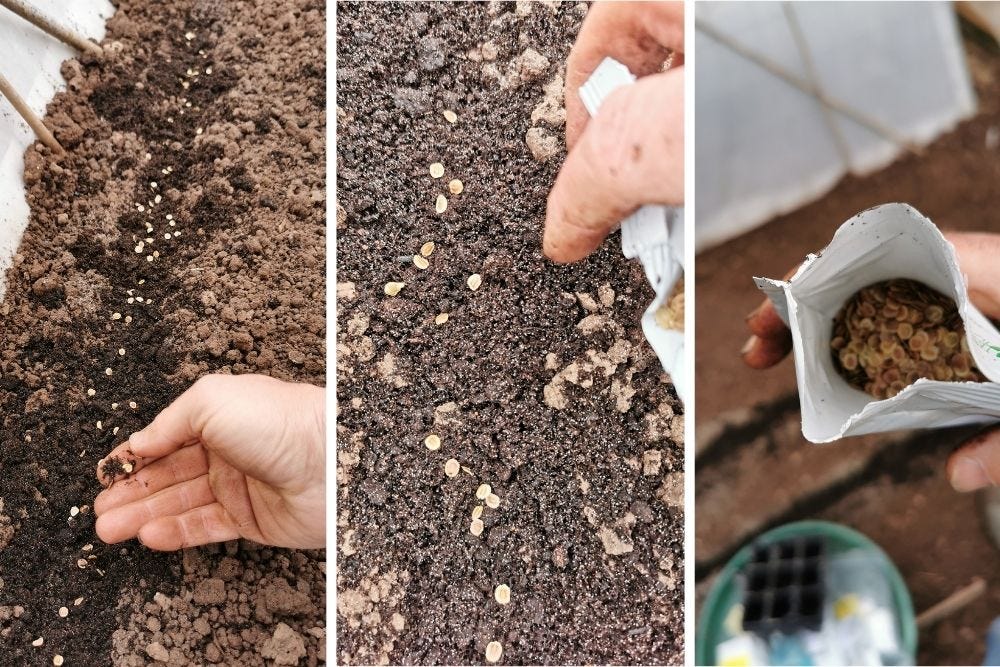
Carrots can be sown in drills. This is a channel through the soil. In the base, we will add a layer of compost and then sow carrot seed sparingly, before covering over. This method allows you to see the seeds that have been sprinkled onto the ground. Seeds should appear within 2 to 3 weeks. Generally, carrots sown in May will be ready for harvest in around 16 weeks. This year we have started off a selection of carrot varieties, from purple roots to red roots and the traditional orange. If you don’t have space or have a small area, you can still produce a great crop from seed sown in a 30 litre container. Just make sure you add good quality compost and use a base fertiliser in the mix. This should then provide sufficient nourishment for a bumper harvest.
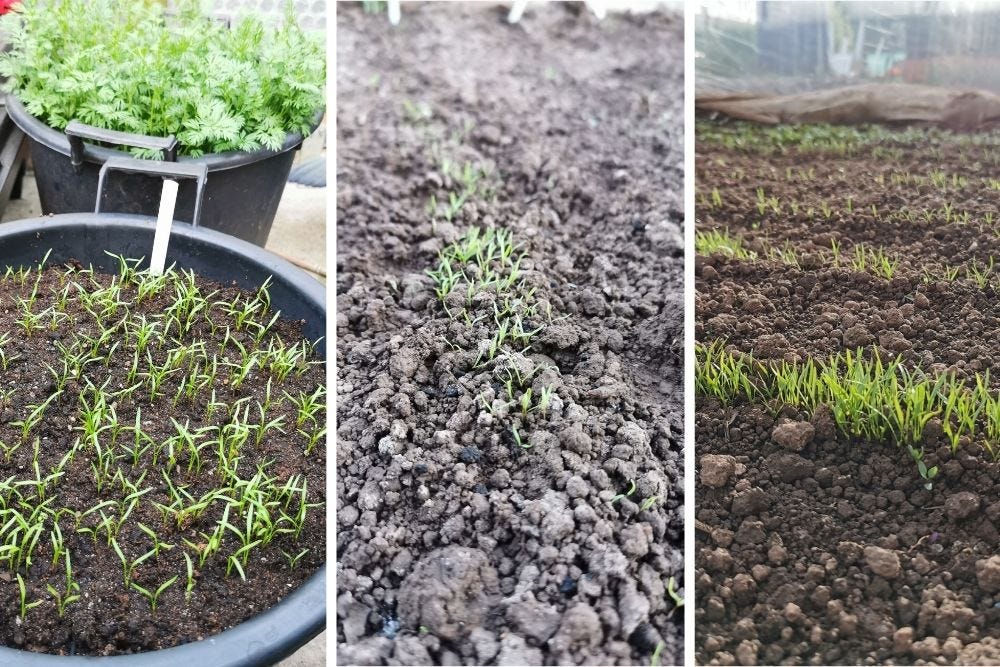
In May, we will also continue to sow lettuce, radish, and beetroot. Try not to sow the whole packet at once and sow little and often (every 2 weeks) to ensure that you have a regular supply of fresh, healthy, nutritious fruit and vegetables.
Beetroot is easy to grow and we’ve recently started off Rainbow beetroot. Even our Giant beetroot roots can be boiled, roasted and pickled, and even grated into salads. The mass of foliage is very nutritious and can be picked fresh and used in salads. The Giant Beetroot takes longer to harvest but most of the globe types are ready to harvest in roughly 8-10 weeks.
That’s it for part 1, look out for part 2 and learn how to grow your own giant marrows, tomatoes and cabbages this May!


 Free Delivery
Free Delivery White glove service
White glove service Payments
Payments